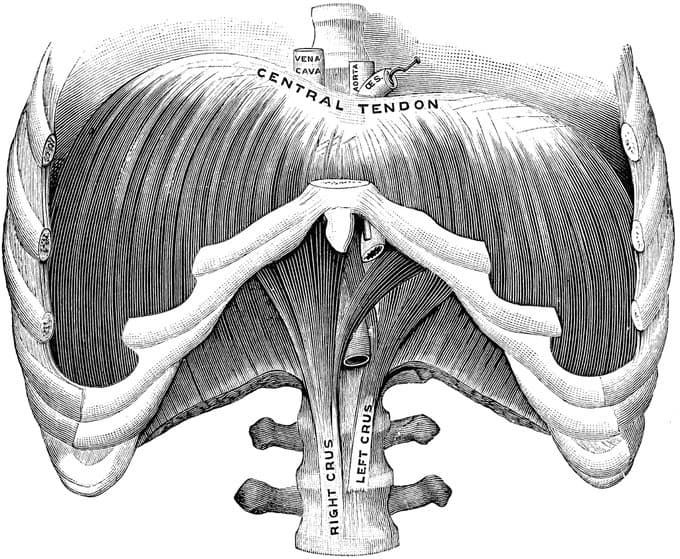Dynamics of Breath



Dynamics of Respiration
Breathing is the process of exchanging oxygen and carbon dioxide between the body and the environment. It involves two main stages: inhalation and exhalation. In this blog post, we will explore the detailed dynamics of human respiration, including the anatomy and physiology of the respiratory system, the mechanics of breathing, and the regulation of respiratory rate and depth.
The respiratory system consists of the nose, mouth, pharynx, larynx, trachea, bronchi, bronchioles, and alveoli. The nose and mouth are the external openings that allow air to enter and exit the body. The pharynx is a muscular tube that connects the nose and mouth to the larynx, which is the voice box that contains the vocal cords. The trachea is a rigid tube that branches into two bronchi, one for each lung. The bronchi further divide into smaller bronchioles, which end in tiny air sacs called alveoli. The alveoli are surrounded by a network of capillaries, where gas exchange occurs between the air and the blood.
The mechanics of breathing involve the movement of the diaphragm and the intercostal muscles, which are located between the ribs. The diaphragm is a dome-shaped muscle that separates the thoracic cavity from the abdominal cavity. The intercostal muscles help expand and contract the rib cage. During inhalation, the diaphragm contracts and moves downward, creating a negative pressure in the thoracic cavity. This causes air to flow into the lungs through the nose or mouth. At the same time, the intercostal muscles contract and lift the rib cage outward, increasing the volume of the thoracic cavity. During exhalation, the diaphragm relaxes and moves upward, creating a positive pressure in the thoracic cavity. This causes air to flow out of the lungs through the nose or mouth. At the same time, the intercostal muscles relax and lower the rib cage inward, decreasing the volume of the thoracic cavity.
The regulation of respiratory rate and depth is controlled by several factors, including neural and chemical signals. The neural signals originate from the brainstem, which contains two main respiratory centers: the medulla oblongata and the pons. The medulla oblongata sets the basic rhythm of breathing by sending impulses to the diaphragm and intercostal muscles via motor neurons. The pons modulates this rhythm by sending inhibitory or excitatory signals to the medulla oblongata via interneurons. The chemical signals are mainly derived from changes in blood pH, carbon dioxide levels, and oxygen levels. These signals are detected by chemoreceptors located in the carotid bodies, aortic bodies, and medulla oblongata. When blood pH decreases or carbon dioxide levels increase, indicating acidosis or hypercapnia, respectively, the chemoreceptors send signals to increase respiratory rate and depth to eliminate excess carbon dioxide and restore blood pH. When blood pH increases or carbon dioxide levels decrease, indicating alkalosis or hypocapnia, respectively, the chemoreceptors send signals to decrease respiratory rate and depth to retain carbon dioxide and lower blood pH. When oxygen levels decrease, indicating hypoxia, the chemoreceptors send signals to increase respiratory rate and depth to increase oxygen intake and delivery to tissues.
In summary, human respiration is a complex process that involves multiple organs and systems working together to maintain homeostasis. By understanding the detailed dynamics of human respiration, we can appreciate how our body adapts to different environmental conditions and physiological demands.
Click Here to read more on our Documentation of Breath Awareness